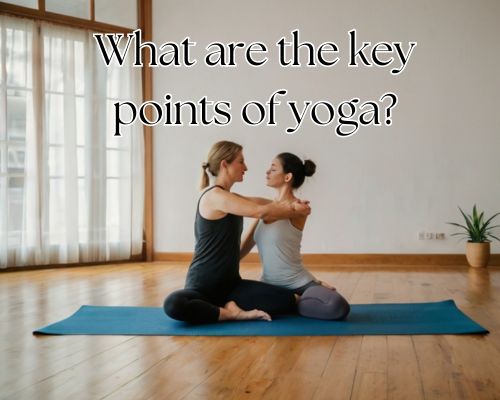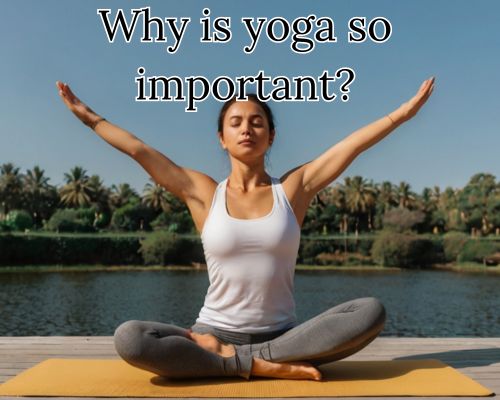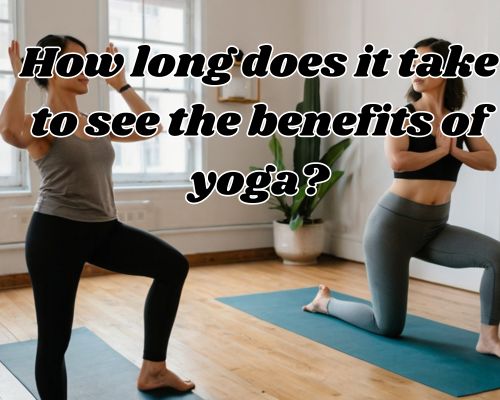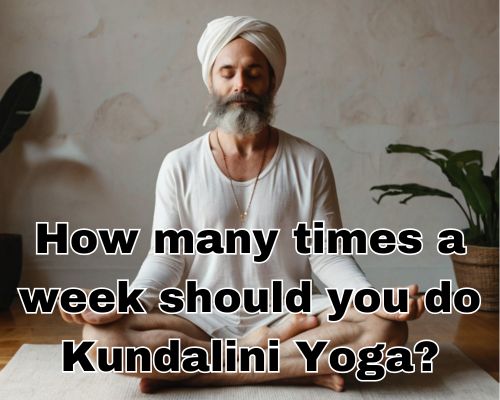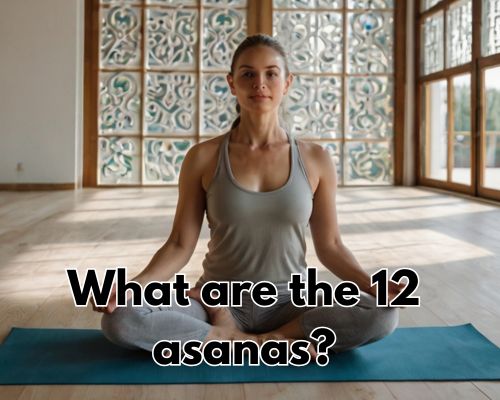Charting a Course Through Love and Deepspace — Story Choices, Bond Progression, and a Streamlined Way to Recharge Starlight Crystals
Even by otome-game standards, Love and Deepspace is ambitious. It mixes 3-D date simulations, rhythm-style quick-time events, and branching visual-novel storylines—yet the real magic lies in how those systems intertwine. Your dialogue picks ripple into “affection thresholds” that unlock exclusive dates, which in turn grant Starlight Crystals and memory shards you’ll need for tougher arena stages. After 50+ in-game days, four special dates, and one painfully close rhythm clear at 99 % accuracy, I’ve sketched out the habits that keep my bond levels high without exhausting my crystal stash. And because even perfect planning runs into gate-locked scenes, I’ll close by sharing the hassle-free route I use whenever I need a fast, inexpensive crystal top-up.
1 Story Affection vs. Route Affection—They’re Not the Same
Most newcomers focus on the visible Bond Level meter beside each love interest, but hidden beneath is a route-specific threshold that decides which extra scenes unlock for that chapter. Raising Bond by spamming the cheapest gifts can leave you one point shy of an event, forcing you to burn additional Crystals for skips. A better method is targeted selection:
| Chapter Gate | Minimum Bond Level | Route-Specific Affection | Best Return Gift |
|---|---|---|---|
| 2-4 “Starlight Café” | 4 | 28 pts | Hand-drawn postcard |
| 3-6 “Nebula Festival” | 6 | 45 pts | Personalized fragrance |
| 4-9 “Moonlit Prom” | 9 | 70 pts | Limited-edition album |
Buying one premium gift that grants double route affection often saves more Crystals than several smaller gifts spread over multiple days.
2 Rhythm Performance: Timing Windows Over Raw Score
Rhythm segments award memory shards and hero EXP, but you don’t need a perfect 100 % combo. The game calculates rewards on accuracy tiers (S, A, B…). Hitting 95 % “Great” notes yields the same memory drops as a flawless combo—yet costs far fewer retries. My practice routine:
- Warm-up run on Normal to map tricky note sequences.
- One Hard attempt; if the chart still feels awkward, practice the 20-second burst in the Training Room rather than burning stamina on retries.
- Final run on Hard once muscle memory settles—stop at > 95 % accuracy and avoid perfectionist spirals.
This mindset saved me roughly 120 stamina last event, enough to level two memories instead of chasing cosmetic badges.
3 Daily Loop Efficiency—The 18-Minute Rule
A full stamina bar refills every four hours; logging in three-plus times daily is exhausting. I use an 18-minute loop that fits over lunch:
| Minute | Action | Reason |
|---|---|---|
| 0–5 | Auto-clear two patrol stages | Guaranteed Bond EXP and a chance at rare postcards. |
| 5–10 | One rhythm stage (Hard) | Highest shard yield per stamina. |
| 10–14 | Dispatch love interest on 4-hour quick mission | Passive crystal and affection returns. |
| 14–18 | Check time-gated gift shop for rotating discounts | Premium gifts often drop 15 % once per day. |
Anything beyond 18 minutes becomes optional story reading at night.
4 Event Calendars: Starlight vs. Memory Priority
Limited banners alternate between Hero Memories (stats) and Cosmetic Outfits (pure visuals). Unless you’re a completionist, prioritize memory banners; stat boosts scale across every mode and persist through balance patches, while outfits mostly alter dialogue flair. My rule:
“If it raises team power, pull; if it only changes selfies, wait.”
That single guideline kept 3 000 + Crystals in reserve for last month’s “Stellar Promise” memory, which bumped my overall team score by 12 %.
5 Recharging the Smart Way—Cheap, Fast, Secure
Even disciplined budgets encounter a gate that demands more Starlight Crystals—usually a time-limited route or banner. Instead of paying mobile-store surcharges, I use the Love and Deepspace crystal top up center. Prices list tax up front, payments go through encrypted gateways, and Crystals land in my inbox before the loading animation ends. Because the service is an authorized reseller, first-purchase bonuses and event rebates behave exactly as they do in-game.
For flash-deal moments—say, a surprise “double affection” weekend—I reach for my bookmark labeled quick Deepspace top-up link pointing to the same portal. Two clicks, two minutes, back to the date scene with zero checkout stress.
Final Echo
Love and Deepspace rewards players who read between the heartbeats—tracking hidden route thresholds, prioritizing 95 % accuracy over flawless runs, and steering Crystals toward power boosts instead of impulse cosmetics. Pair those insights with a fast, budget-friendly recharge option and you’ll spend more time navigating the galaxy of romance, less time staring at a spinning payment wheel. Next chapter drop? You’ll be ready—Bond maxed, memories leveled, wallet intact.



